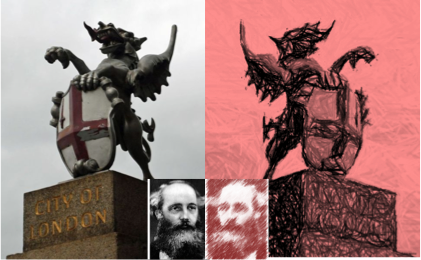Speaker
Vincenzo Branchina
(University of Catania)
Description
According to the usual analysis, if the Standard Model (SM) is
valid up to the Planck scale $M_P$, the stability condition of
the electroweak (EW) vacuum (stable, metastable or unstable)
mainly depends on the Higgs and top masses, $M_H$ and $M_t$.
The analysis is performed by considering SM interactions only,
as it is argued that new physics at $M_P$, although present,
has no impact on it, and the results are presented with the help
of a stability diagram in the ($M_H$, $M_t$) plane. For the
current experimental values of $M_H$ and $M_t$, in particular,
the EW vacuum turns out to be metastable, with a lifetime much
longer than the age of the universe.
I this talk I present some recent work showing that new physics
can have a great impact on the stability phase diagram, a result that has quite interesting phenomenological consequences. Candidates for
beyond SM physics can be "tested" against this stability analysis.
Moreover, contrary to some recent claims, higher precision
measurements of the top and Higgs masses cannot provide any
definite indication on whether we live in a stable or metastable
universe, the answer to this question strongly depends on new
physics. Finally, these results cast serious doubts on the Higgs
inflation scenario, the latter being highly based on a crucial
fine tuning of the EW vacuum stability condition.
Author
Vincenzo Branchina
(University of Catania)
